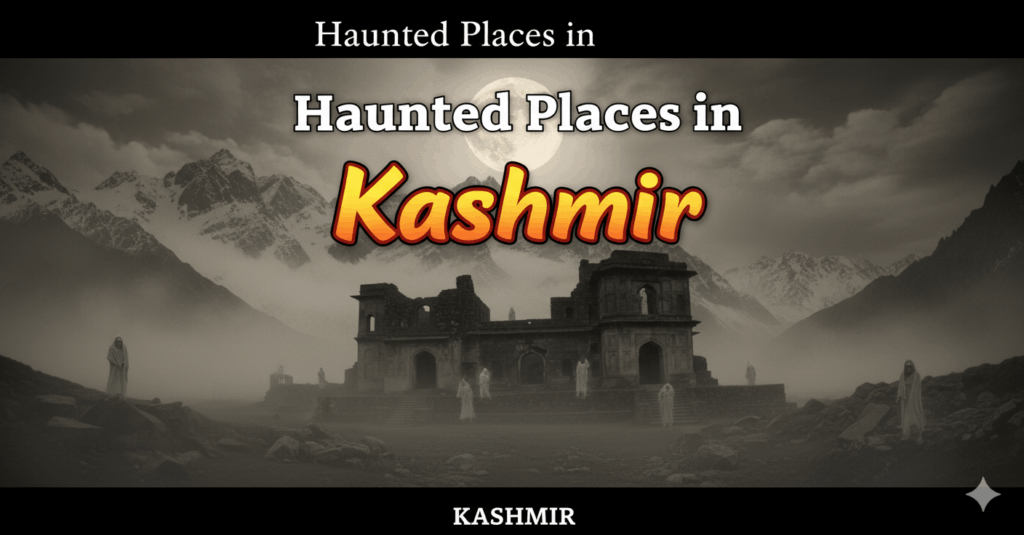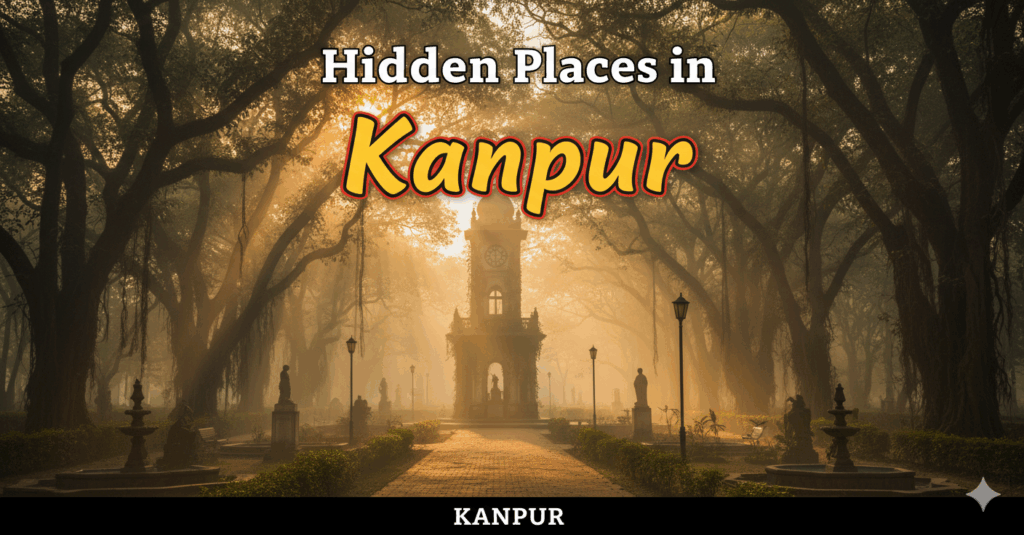The best time to visit Triyuginarayan Temple is April–June and September–November for clear skies, open roads and ceremonies; avoid peak monsoon (July–August) due to landslides and possible road blocks, and expect snow-related disruptions in winter.
Triyuginarayan Temple stands as one of Uttarakhand’s most sacred pilgrimage sites, attracting tens of thousands of devotees annually to witness the eternal flame that has burned continuously for centuries. Located at 1,980 meters (6,496 feet) in the Garhwal Himalayas, this ancient temple holds profound significance as the legendary wedding venue of Lord Shiva and Goddess Parvati, but timing your visit incorrectly can mean facing harsh weather conditions, closed routes, or missing the temple’s most spiritually significant periods.
Understanding the best time to visit Triyuginarayan temple is essential for experiencing this sacred destination’s divine atmosphere while ensuring comfortable travel conditions and accessibility. Poor timing can result in dangerous mountain weather, blocked roads due to heavy snowfall, limited accommodation options, or missing important religious ceremonies that enhance the spiritual experience. Strategic planning around seasonal variations, weather patterns, and festival calendars ensures you experience Triyuginarayan Temple’s mystical energy at optimal conditions while maintaining safety throughout your sacred journey.
Table of Contents
Best Time to Visit Triyuginarayan Temple: Quick Reference Guide
The best time to visit Triyuginarayan temple spans from April through November, with distinct spiritual and weather advantages during different periods. Post-monsoon months offer pristine air quality, and winter provides snow-covered divine beauty with accessibility challenges requiring careful planning.
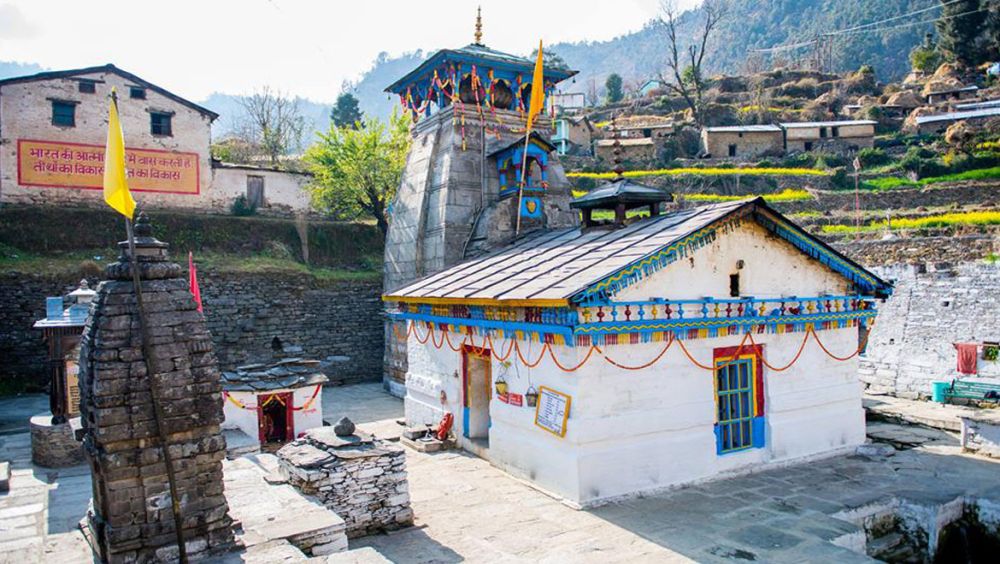
The best time to visit Triyuginarayan Temple is April–June and September–November for clear skies, open roads and ceremonies; avoid peak monsoon (July–August) due to landslides and possible road blocks, and expect snow-related disruptions in winter.
| Season | Temperature Range | Accessibility | Crowd Level | Spiritual Significance | Best For |
|---|---|---|---|---|---|
| Apr-Jun | 15-25°C | Excellent | Moderate-High | High (wedding season) | First-time visitors |
| Jul-Aug | 12-20°C | Variable/Poor (landslides)* | Low | Moderate | Experienced devotees only |
| Sep-Nov | 8-18°C | Excellent | High | Very High (festivals) | Pilgrims & photographers |
| Dec-Mar | -5 to 10°C | Limited/Blocked (snow) | Very Low | Extreme (winter rituals) | Expert mountain pilgrims |
*Monsoon road blocks are routine across Char Dham routes – always verify current road status
Prime Pilgrimage Season: April to June
The summer months emerge as the most reliable best time to visit Triyuginarayan temple, offering optimal weather conditions, guaranteed road accessibility, and comfortable temperatures for extended spiritual practices. This period coincides with Char Dham Yatra season (May-June), bringing increased footfall to nearby areas, so advance booking becomes essential for accommodation and travel arrangements.
April to May: Wedding Season Excellence
The pre-summer months represent peak triyuginarayan temple wedding season with optimal conditions for both pilgrimage and matrimonial ceremonies.
Spiritual advantages in April-May:
- Wedding ceremonies: Peak season for triyuginarayan temple wedding rituals blessed by eternal flame
- Clear mountain views: Pristine visibility of surrounding Kedarnath peaks and glaciers
- Comfortable temperatures: Pleasant 15-22°C perfect for extended prayer sessions and meditation
- Blooming landscapes: Alpine flowers create divine natural mandala around temple premises
- Accessible routes: All approach roads fully operational with reliable public transport
Practical benefits:
- Accommodation availability: Full range of guesthouses and dharamshalas operational
- Local services: Complete pilgrimage facilities including prasad, puja materials, and guides
- Photography conditions: Excellent lighting for documenting spiritual journey and mountain scenery
- Extended daylight: Longer days allow comprehensive temple exploration and nearby sacred sites
Many devotees combine their Triyuginarayan pilgrimage with broader spiritual journeys through Uttarakhand Tour Packages from Mumbai, creating comprehensive Himalayan spiritual experiences that include multiple sacred destinations during optimal weather conditions.
June: Pre-Monsoon Spiritual Peak
June marks the culmination of prime pilgrimage season with maximum spiritual energy and optimal accessibility before monsoon onset.
June specialties:
- Spiritual intensity: Peak devotee gathering creating powerful collective prayer atmosphere
- Perfect weather: Ideal 18-25°C temperatures with minimal precipitation and clear skies
- Festival preparations: Temple preparations for monsoon retreat creating heightened spiritual activity
- Photography excellence: Crystal clear mountain visibility perfect for sacred documentation
- Cultural immersion: Peak interaction with local priests, pilgrims, and Himalayan communities
Unique June opportunities:
- Extended rituals: Longer daylight hours allow participation in comprehensive puja ceremonies
- Mountain trekking: Optimal conditions for exploring nearby sacred caves and meditation spots
- Spiritual photography: Perfect lighting conditions for capturing eternal flame and temple architecture
- Community engagement: Maximum pilgrim interaction fostering spiritual discussions and shared experiences
Monsoon Challenges: July to August
The monsoon period presents significant accessibility challenges with frequent landslide-prone conditions across Char Dham routes, making it suitable only for experienced devotees comfortable with unpredictable mountain conditions. Triyuginarayan temple weather during monsoons requires constant road status verification and flexible travel plans due to routine blocks and delays affecting the entire Garhwal region.
July to August: High-Risk Monsoon Period
Peak monsoon months present serious accessibility challenges with routine landslides affecting the entire route network.
Critical monsoon considerations:
- Road blocks: Frequent landslides on dehradun to Triyuginarayan temple route requiring real-time status checks
- Safety protocols: Essential to verify road conditions with district administration before departure
- Alternative activities: Consider nearby indoor spiritual programs and meditation retreats during blocked periods
- Emergency preparedness: Carry extra supplies and maintain flexible itineraries for unexpected delays
Monsoon road safety:
- Daily status checks: Verify current conditions through state tourism bulletins and local operators
- Professional transport: Use experienced mountain drivers familiar with monsoon route conditions
- Weather monitoring: Track rainfall patterns and landslide warnings from meteorological services
- Backup planning: Prepare alternative spiritual activities if temple access becomes temporarily impossible
September: Post-Monsoon Spiritual Renewal
September represents optimal balance between monsoon’s spiritual intensity and approaching winter’s divine energy.
September advantages:
- Clear air quality: Post-monsoon atmospheric clarity enhances mountain and spiritual visibility
- Moderate crowds: Gradual pilgrim return without peak season overwhelming numbers
- Perfect temperatures: Comfortable 15-20°C ideal for extended temple visits and meditation
- Enhanced natural beauty: Fresh monsoon-washed landscapes create pristine spiritual environment
Pilgrims often extend their spiritual journey by exploring sacred destinations through Rishikesh Tour Package from Mumbai, combining Triyuginarayan’s intimate mountain spirituality with Rishikesh’s comprehensive yoga and meditation experiences.
Festival Season: October to November
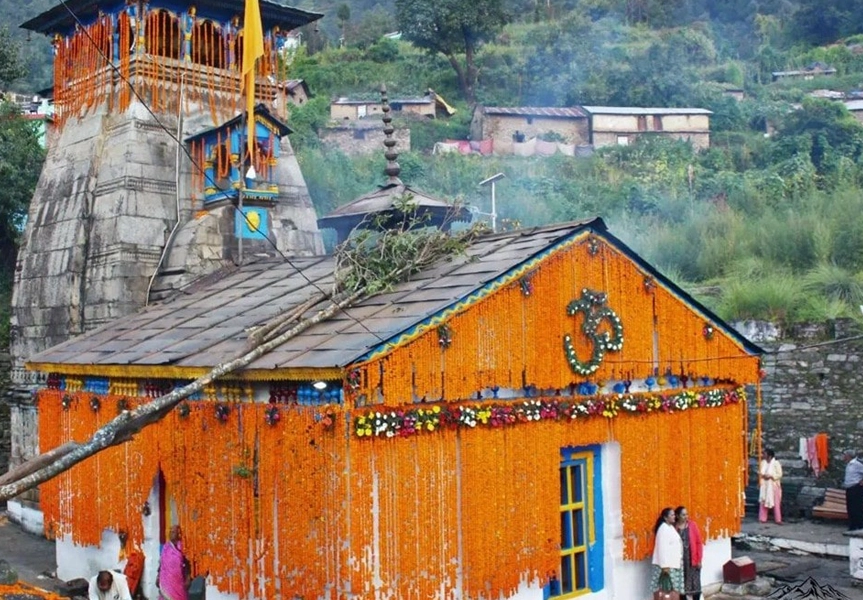
The post-monsoon period emerges as spiritually most significant for triyuginarayan temple history celebrations, featuring major festivals, optimal weather conditions, and maximum spiritual energy concentrated around ancient wedding anniversary celebrations. This season attracts serious pilgrims and spiritual seekers interested in participating in traditional ceremonies that have continued unchanged for millennia.
October: Divine Wedding Anniversary Celebrations
October hosts the most important triyuginarayan temple history commemorations with elaborate ceremonies marking divine wedding anniversary.
October spiritual highlights:
- Anniversary celebrations: Grand ceremonies marking Lord Shiva and Parvati’s divine wedding
- Enhanced ritual activities: Traditional ceremonies conducted according to ancient Vedic protocols
- Pilgrim convergence: Serious devotees gathering from across India creating powerful spiritual atmosphere
- Cultural immersion: Traditional music, dance, and religious discourse enhancing spiritual experience
Optimal conditions:
- Perfect weather: Ideal 12-18°C temperatures with clear skies and excellent visibility
- Full accessibility: All routes operational with reliable transportation and accommodation
- Extended ceremonies: Longer ritual programs allowing deep spiritual participation
- Photography opportunities: Excellent conditions for documenting sacred ceremonies and mountain beauty
November: Winter Preparation Ceremonies
November features important transitional rituals preparing the temple for winter months while maintaining excellent accessibility.
November spiritual significance:
- Transition rituals: Sacred ceremonies preparing eternal flame for winter spiritual intensification
- Devotee preparations: Final pilgrimage opportunities before winter accessibility challenges
- Cultural programs: Traditional spiritual discourses and community celebrations
- Mountain clarity: Exceptional visibility of snow-capped peaks creating divine natural temple
Practical advantages:
- Comfortable temperatures: Pleasant 8-15°C perfect for day-long spiritual activities
- Clear weather: Minimal precipitation with excellent hiking and pilgrimage conditions
- Accommodation availability: Full service options before winter closures begin
- Transportation reliability: Guaranteed road access before potential winter weather impacts
Many spiritual seekers combine their Triyuginarayan experience with comprehensive Himalayan journeys through Nainital Tour Package from Mumbai, creating balanced spiritual and natural beauty experiences across Uttarakhand’s diverse sacred landscapes.
Winter Spiritual Intensive: December to March
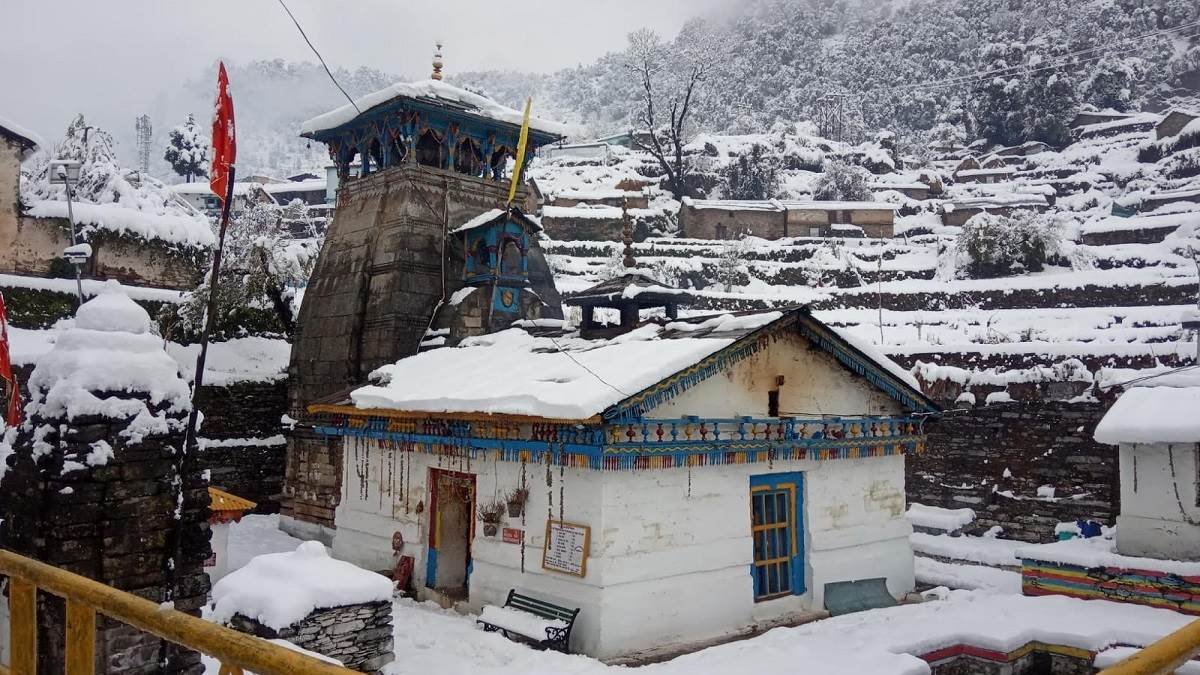
Winter represents the most spiritually intensive period for serious devotees, though how to reach Triyuginarayan temple becomes significantly challenging due to heavy snowfall and extreme weather conditions. This season offers profound spiritual experiences for dedicated pilgrims prepared for harsh mountain conditions, with the eternal flame’s significance reaching its peak against the backdrop of pristine Himalayan winter landscapes.
December to February: Extreme Devotion Season
The peak winter months demand serious spiritual commitment and mountain experience, offering unparalleled divine connection opportunities.
| Month | Temperature | Accessibility | Accommodation | Spiritual Intensity |
|---|---|---|---|---|
| December | 0 to 8°C | Challenging | Limited | Very High |
| January | -5 to 5°C | Very Difficult | Minimal | Extreme |
| February | -3 to 7°C | Difficult | Limited | Very High |
Winter spiritual rewards:
- Ultimate devotion test: Harsh conditions creating profound spiritual transformation experiences
- Eternal flame significance: Maximum spiritual impact against snow-covered mountain backdrop
- Absolute solitude: Minimal human presence creating intimate divine connection opportunities
- Pristine environment: Untouched snow landscapes enhancing spiritual purity and meditation depth
Serious challenges:
- Extreme weather: Sub-zero temperatures requiring professional mountain gear and experience
- Limited accessibility: How to reach Triyuginarayan temple requires specialized winter travel arrangements
- Accommodation scarcity: Minimal lodging options demanding advance planning and flexibility
- Safety requirements: Professional mountain guides and emergency equipment essential for safety
March: Winter-Spring Transition
March offers transitional opportunities as winter spiritual intensity begins merging with approaching spring accessibility.
March considerations:
- Weather unpredictability: Fluctuating conditions between winter extremes and spring moderation
- Gradual accessibility improvement: Roads slowly becoming more reliable though still challenging
- Spiritual transition: Moving from winter’s internal focus toward spring’s external celebration
- Preparation period: Temple and community preparing for approaching pilgrimage season
Practical Pilgrimage Planning: How to Reach Triyuginarayan Temple
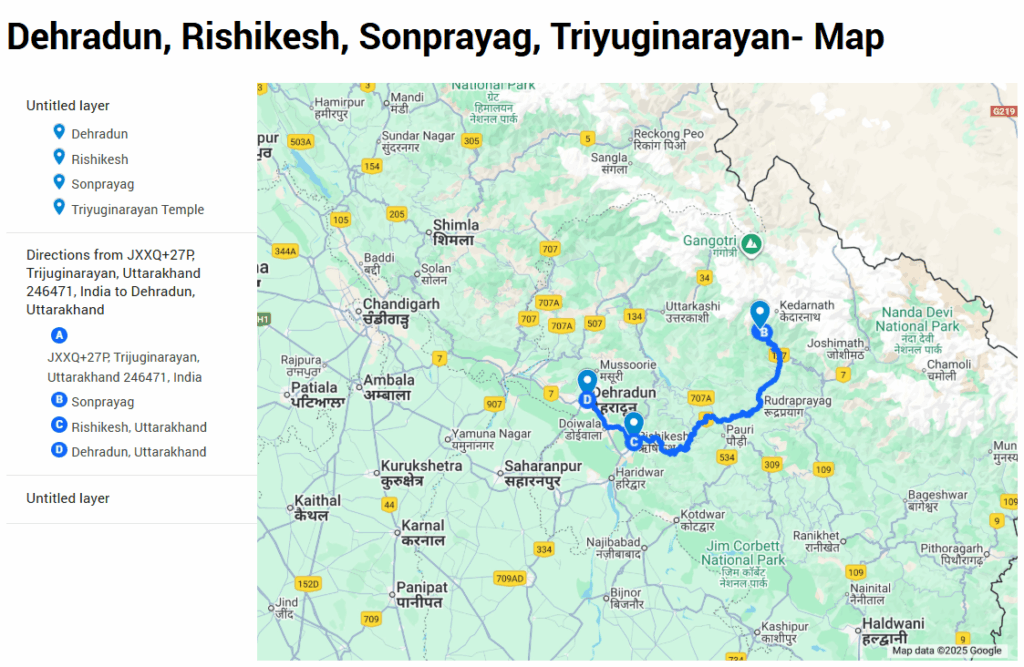
Understanding how to reach Triyuginarayan temple requires comprehensive planning addressing transportation logistics, seasonal route variations, and accommodation strategies that ensure safe and spiritually fulfilling pilgrimage experiences. The temple’s remote Himalayan location demands careful consideration of weather patterns, road conditions, and local infrastructure capabilities that vary dramatically across different seasons.
Transportation Routes and Seasonal Accessibility
Multiple route options provide flexibility though seasonal conditions significantly impact travel reliability and safety.
Primary access route:
- Dehradun to Triyuginarayan temple: 225 km journey through Rishikesh, Rudraprayag, and Guptkashi
- Route breakdown: Dehradun → Rishikesh (45 km) → Rudraprayag (140 km) → Guptkashi (35 km) → Triyuginarayan (5 km)
- Travel time: 8-10 hours during favorable conditions, 12-15 hours during challenging weather
- Transportation options: Private vehicles, shared taxis, state buses, and organized pilgrimage tours
Seasonal route considerations:
- Summer (Apr-Jun): All routes fully operational with reliable public and private transport options
- Monsoon (Jul-Sep): Potential delays and detours due to landslides and road maintenance requirements
- Post-monsoon (Oct-Nov): Optimal driving conditions with clear roads and excellent visibility
- Winter (Dec-Mar): Challenging conditions requiring 4WD vehicles and experienced mountain drivers
Accommodation and Local Infrastructure
Strategic accommodation planning ensures comfortable stays while supporting local pilgrimage infrastructure and community development.
Accommodation categories:
- Temple guesthouses: Basic but spiritually authentic accommodations managed by temple authorities
- Private lodges: Moderate comfort options with modern amenities and meal facilities
- Dharamshalas: Traditional pilgrimage lodging offering cultural immersion and community interaction
- Camping options: Organized camping for adventure-minded pilgrims during favorable weather seasons
Seasonal accommodation availability:
- Peak season (Apr-Jun, Oct-Nov): Advance booking essential with full service and amenity availability
- Monsoon (Jul-Sep): Limited options requiring flexible booking and weather contingency planning
- Winter (Dec-Mar): Minimal facilities demanding serious advance planning and cold weather preparation
Experienced spiritual travelers often choose comprehensive pilgrimage packages through India Tour Packages from Mumbai, ensuring expert guidance through complex mountain logistics while maintaining focus on spiritual objectives rather than travel complications.
Sacred History and Cultural Significance
Triyuginarayan temple history spans thousands of years, representing one of Hinduism’s most sacred wedding destinations where Lord Shiva and Goddess Parvati’s divine marriage ceremony created eternal spiritual energy that continues attracting devotees from across the world. Understanding the temple’s profound historical and cultural significance enhances the spiritual experience while providing context for the various ceremonies, rituals, and festivals that mark different seasonal periods throughout the year.
Ancient Origins and Mythological Significance
The temple’s legendary history provides spiritual foundation for understanding optimal visitation timing aligned with sacred calendar events.
Historical foundations:
- Divine wedding venue: Sacred site where Lord Shiva and Parvati’s marriage ceremony established eternal spiritual energy
- Eternal flame significance: Continuously burning fire serving as witness to divine wedding and ongoing spiritual power
- Vedic period origins: Ancient scriptures documenting temple’s role in cosmic spiritual balance and divine harmony
- Pilgrimage tradition: Centuries of devotee visits creating accumulated spiritual energy and sacred atmosphere
Cultural traditions:
- Wedding ceremony blessings: Contemporary couples seeking divine blessings for matrimonial harmony and prosperity
- Seasonal celebrations: Traditional festivals marking cosmic events and divine anniversary commemorations
- Community involvement: Local Himalayan communities maintaining sacred traditions and supporting pilgrimage infrastructure
- Spiritual practices: Ancient meditation and prayer techniques specifically developed for mountain temple environments
Seasonal Spiritual Significance
Different seasons align with specific aspects of triyuginarayan temple history and spiritual practice, influencing optimal timing for various types of spiritual seekers.
Seasonal spiritual themes:
- Spring (Apr-Jun): Divine wedding celebration season emphasizing love, harmony, and new beginnings
- Monsoon (Jul-Sep): Internal spiritual development period focusing on meditation, solitude, and self-reflection
- Post-monsoon (Oct-Nov): Gratitude and celebration season with festivals marking successful spiritual harvests
- Winter (Dec-Mar): Intensive devotion period testing spiritual commitment and deepening divine connection
Weather Patterns and Seasonal Preparation
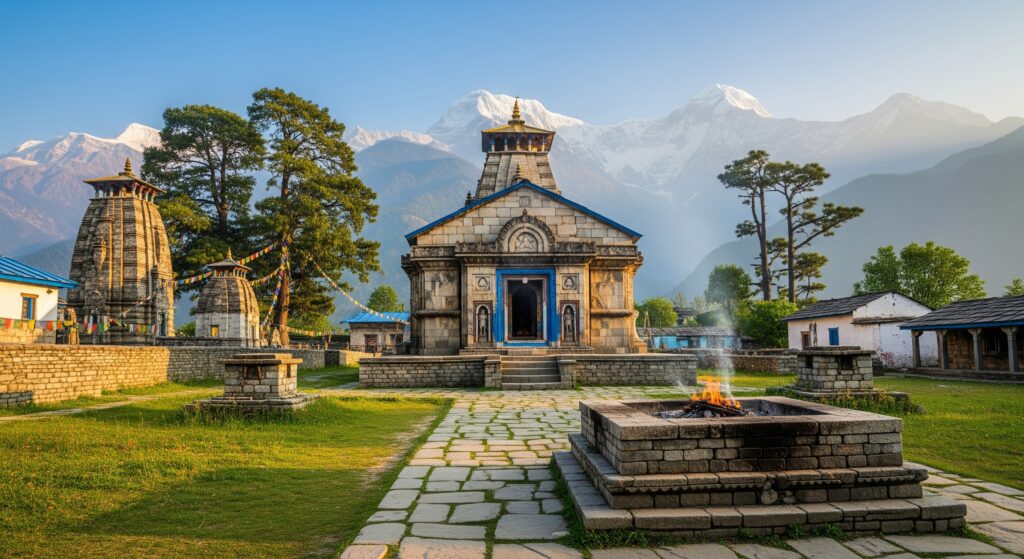
Triyuginarayan temple weather varies dramatically across seasons, requiring specific preparation strategies for different types of spiritual experiences and comfort levels. Understanding detailed weather patterns, temperature variations, and seasonal challenges enables optimal planning for safe, comfortable, and spiritually fulfilling pilgrimage experiences regardless of chosen travel period.
Detailed Seasonal Weather Analysis
Comprehensive weather information supports informed decision-making for pilgrimage timing and preparation requirements.
Temperature and precipitation patterns:
- Spring weather: Gradual warming from 10°C to 25°C with minimal rainfall and increasing daylight hours
- Summer conditions: Comfortable 15-25°C with occasional afternoon thunderstorms and excellent visibility
- Monsoon patterns: Heavy precipitation with temperatures 12-20°C and potential accessibility challenges
- Post-monsoon clarity: Clear skies, moderate temperatures 8-18°C, and excellent mountain visibility
- Winter extremes: Sub-zero to 10°C with heavy snowfall and severely limited accessibility
Seasonal Preparation Guidelines
Specific preparation recommendations ensure comfortable and safe experiences across different seasonal conditions and spiritual objectives.
Essential preparation by season:
- Summer preparation: Light layers, sun protection, comfortable walking shoes, and hydration supplies
- Monsoon readiness: Waterproof clothing, sturdy footwear, emergency supplies, and flexible scheduling
- Post-monsoon planning: Warm layers for temperature variations, camera equipment, and festival participation items
- Winter preparation: Professional mountain gear, extreme weather clothing, emergency supplies, and experienced guides
Spiritual preparation considerations:
- Meditation supplies: Comfortable seating, prayer materials, and spiritual texts appropriate for chosen season
- Ritual participation: Traditional clothing, offering materials, and ceremony participation guidelines
- Photography equipment: Weather-appropriate camera protection and documentation supplies for spiritual journey
- Cultural interaction: Appropriate gifts, language basics, and cultural sensitivity preparation for community engagement
Conclusion
April through November emerges as the definitive best time to visit Triyuginarayan temple with April-June offering optimal weather and wedding season celebrations, July-September providing monsoon solitude, and October-November delivering festival spirituality with perfect conditions. Whether seeking traditional triyuginarayan temple wedding blessings during peak season, intensive spiritual practice during monsoon months, or participating in ancient festival celebrations, strategic seasonal timing ensures meaningful spiritual experiences while maintaining safety and accessibility standards throughout your sacred Himalayan journey.
Visit us at VDP Travels, Neighbourhood Complex, F- 5, near SBI Bank, Sector 4, Nerul, Navi Mumbai, Mumbai, Maharashtra 400706. For detailed Triyuginarayan Temple pilgrimage packages with experienced spiritual guides and comprehensive seasonal planning covering optimal best time to visit Triyuginarayan temple timing, how to reach Triyuginarayan temple logistics, sacred triyuginarayan temple history insights, and triyuginarayan temple weather preparation, call +91 99675 18405, or contact VDP Travels for transformative spiritual experiences that honor ancient traditions while ensuring comfortable and safe Himalayan pilgrimage journeys.
Best Time to Visit Triyuginarayan Temple – FAQs
What is the absolute best time to visit Triyuginarayan temple?
April to June offers optimal conditions with comfortable 15-25°C temperatures, excellent accessibility, peak wedding season celebrations, and guaranteed accommodation availability for spiritual pilgrimage.
How challenging is the journey from Dehradun to Triyuginarayan temple?
Dehradun to Triyuginarayan temple covers approximately 244 km requiring 8-15 hours depending on season, with excellent accessibility April-June and September-November, but challenging monsoon and winter conditions requiring experienced drivers and flexible schedules.
Can visitors witness actual wedding ceremonies at the temple?
Triyuginarayan temple wedding ceremonies occur year-round but peak during April-June season, with couples seeking divine blessings from eternal flame and traditional Vedic ritual participation opportunities.
What makes Triyuginarayan temple historically significant?
Triyuginarayan temple history spans millennia as legendary wedding venue of Lord Shiva and Parvati, featuring continuously burning eternal flame serving as divine witness and creating powerful spiritual energy.
How does weather affect temple accessibility throughout the year?
Triyuginarayan temple weather varies from comfortable summer conditions to extreme winter challenges, with April-November offering reliable access and December-March requiring serious mountain experience and preparation.
What spiritual activities are available during different seasons?
Each season offers unique spiritual opportunities: summer wedding celebrations, monsoon meditation retreats, post-monsoon festivals, and winter intensive devotion practices for experienced spiritual seekers.
Is accommodation available year-round near the temple?
Accommodation availability varies seasonally with full options April-November, limited monsoon facilities July-September, and minimal winter options December-March requiring advance planning and flexibility.
What should pilgrims pack for optimal temple experience?
Seasonal packing varies from light summer clothing and sun protection to winter mountain gear, with spiritual supplies including meditation materials, offering items, and appropriate traditional clothing.
How can families safely visit with children?
Family visits work best during April-June and October-November seasons with comfortable weather, reliable accessibility, and full accommodation options, avoiding challenging monsoon and winter conditions.
What cultural etiquette should visitors observe at the temple?
Respect traditional dress codes, participate respectfully in ceremonies, maintain quiet reverence near eternal flame, follow photography guidelines, and engage respectfully with local priests and pilgrimage community.


